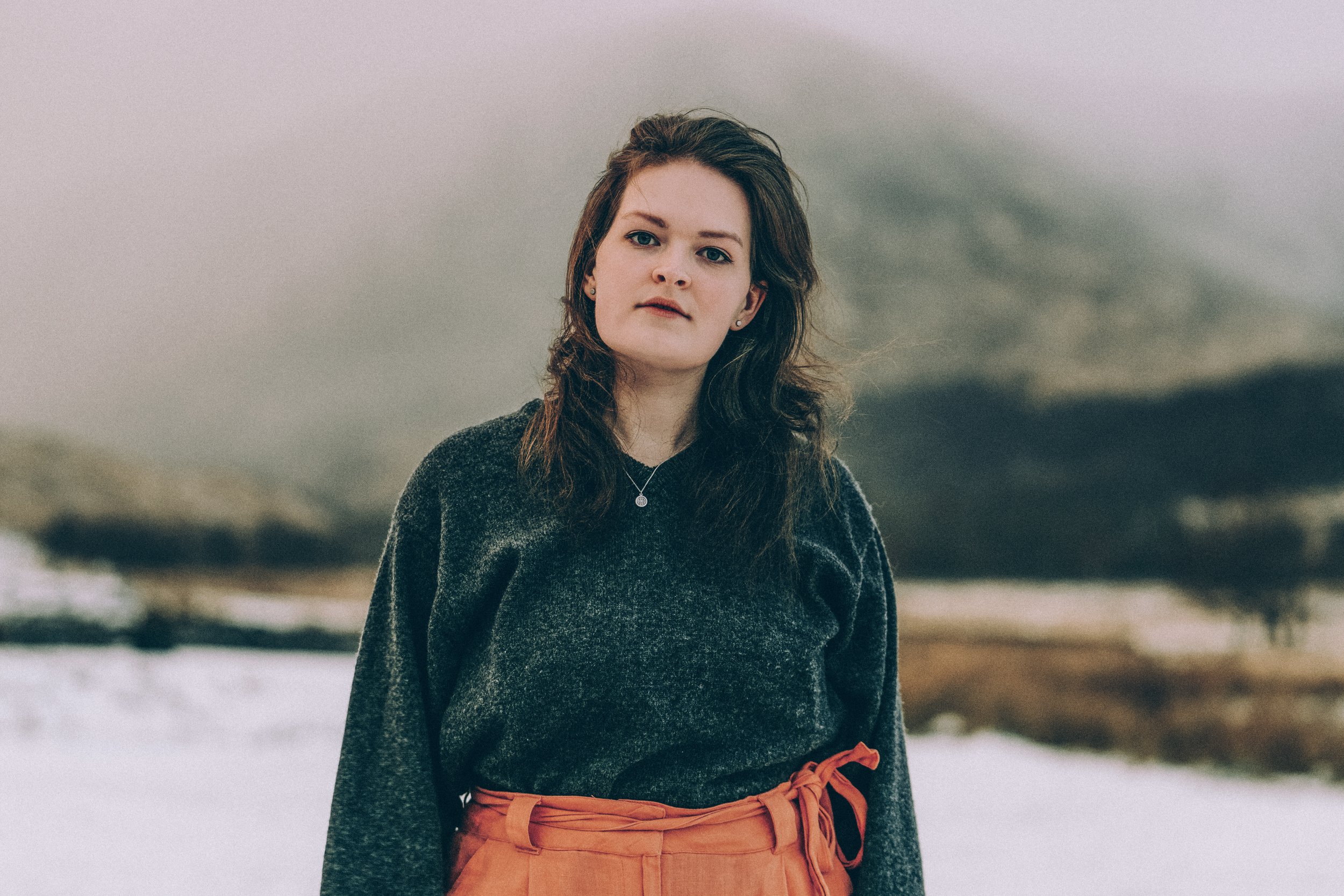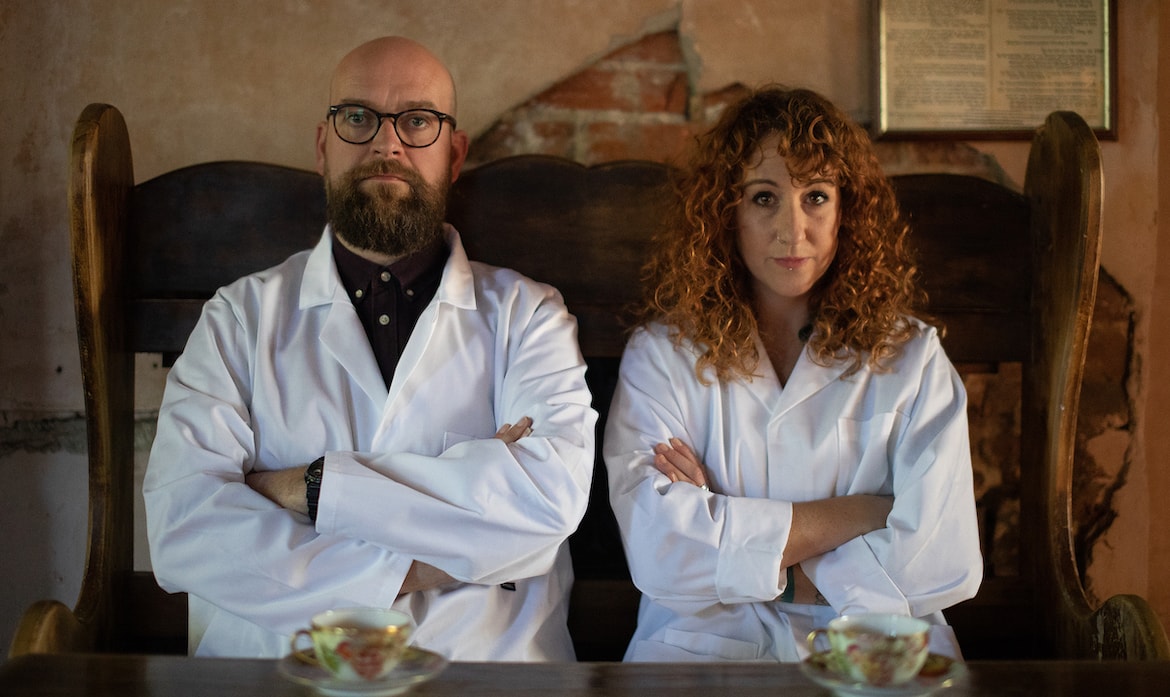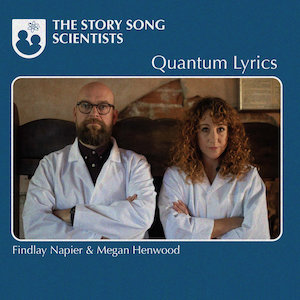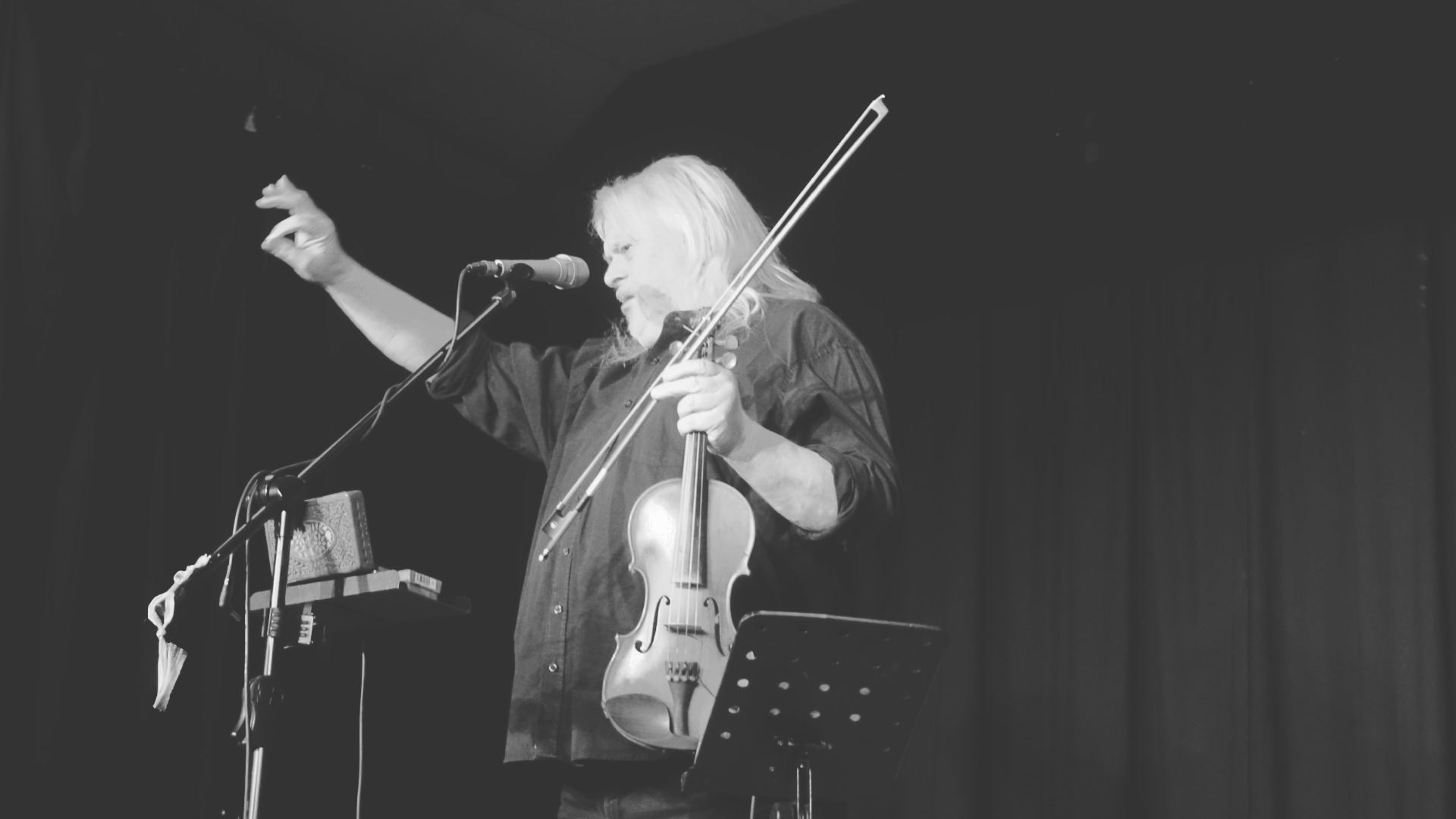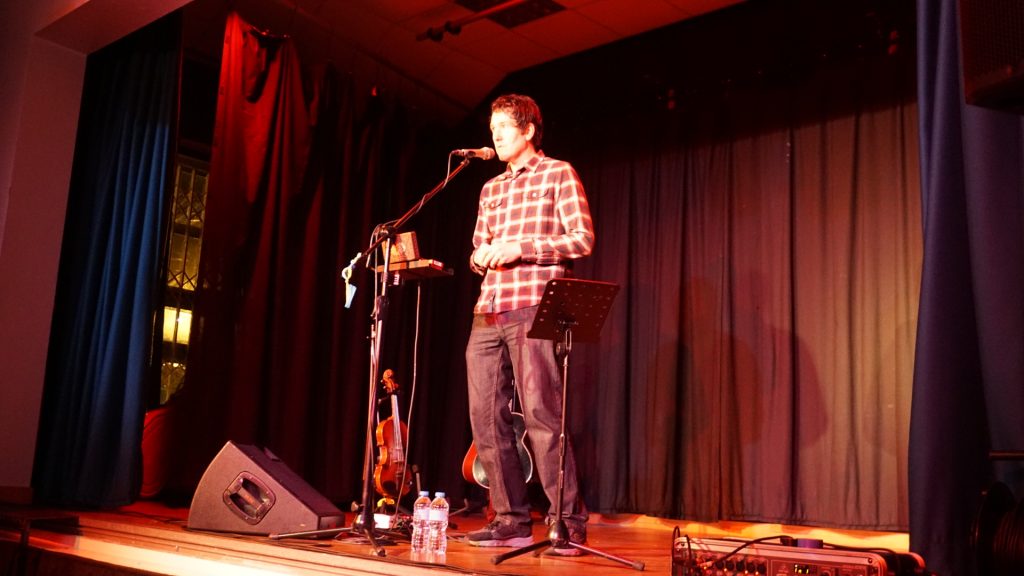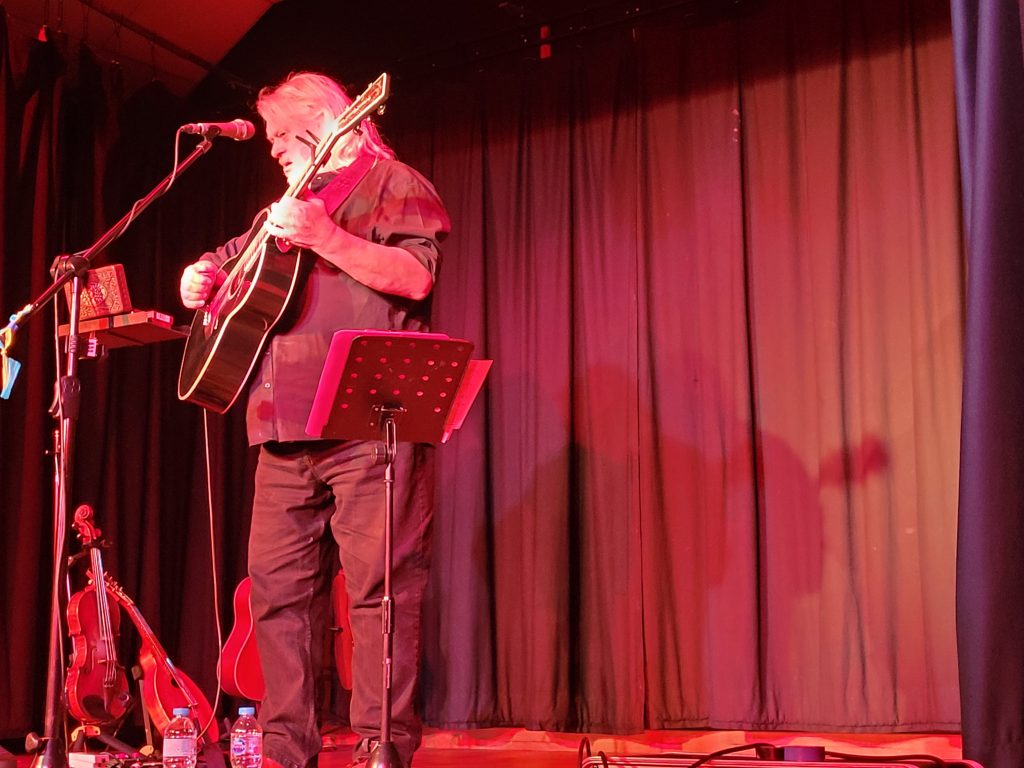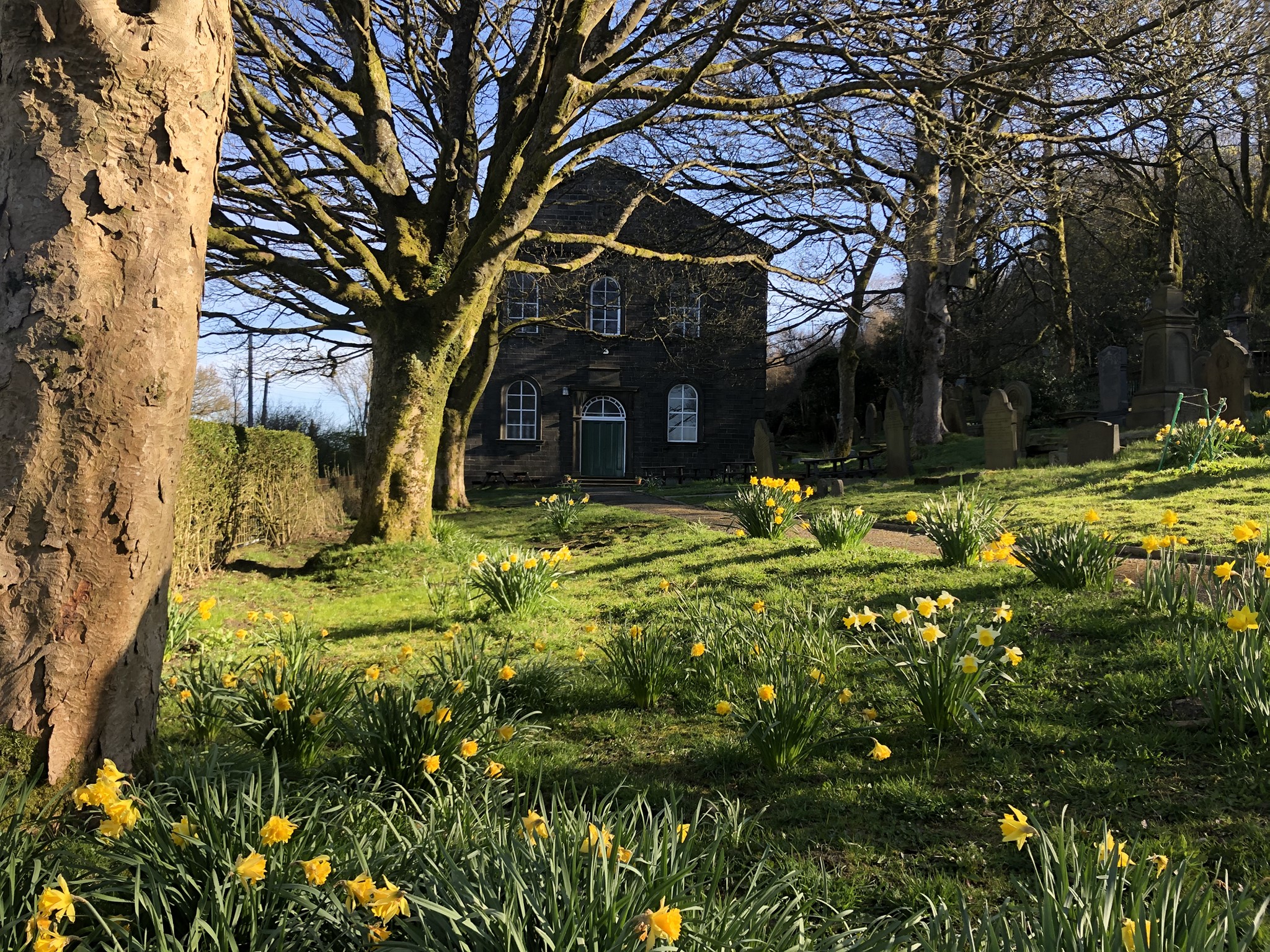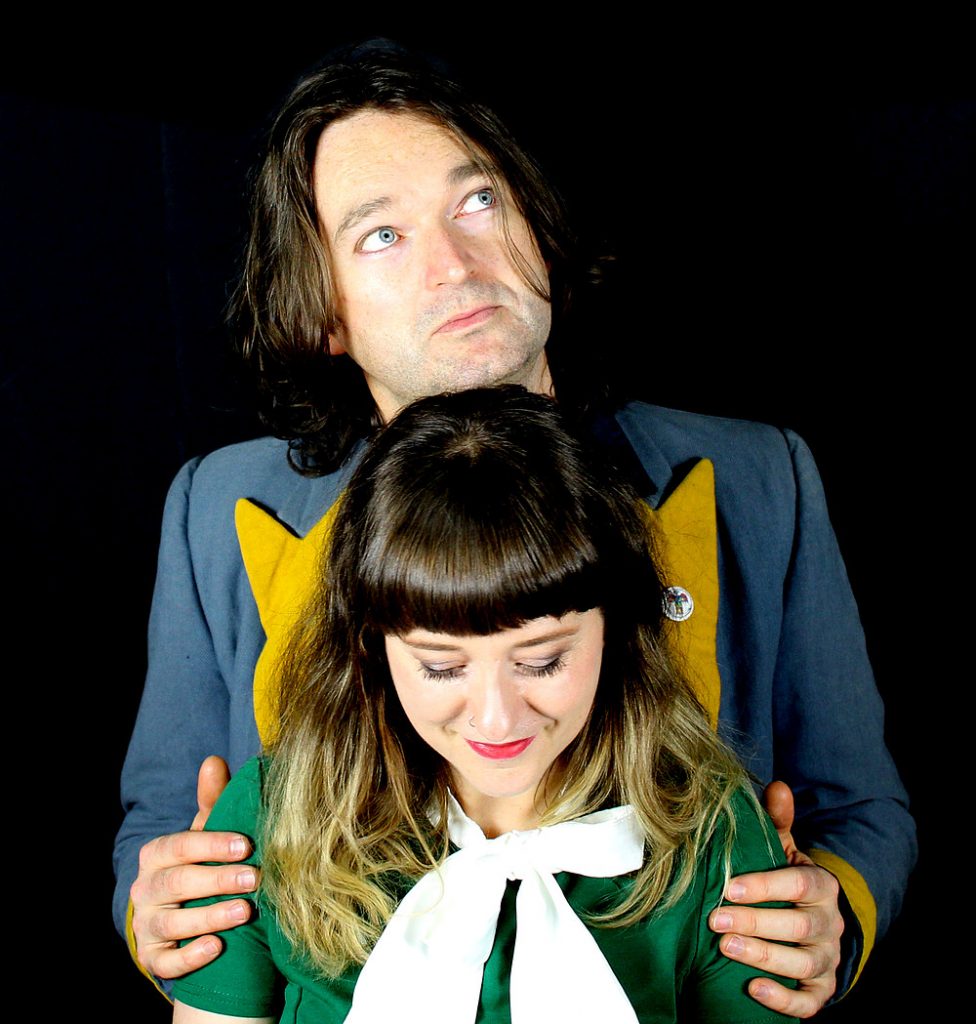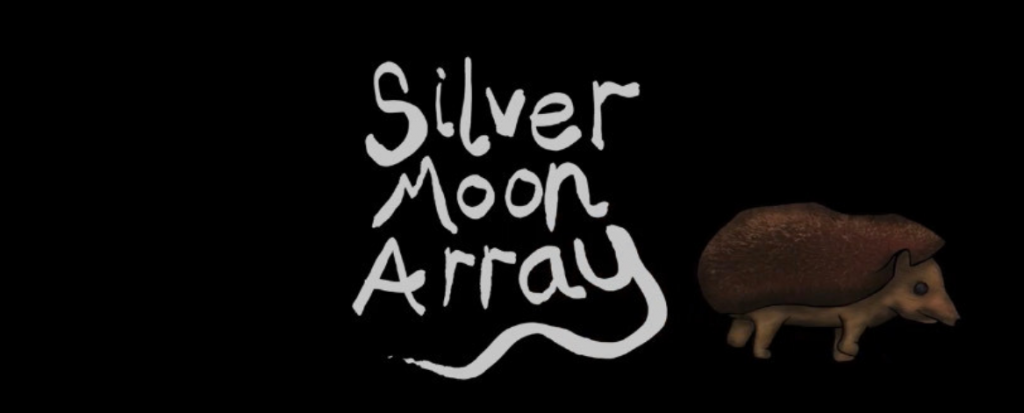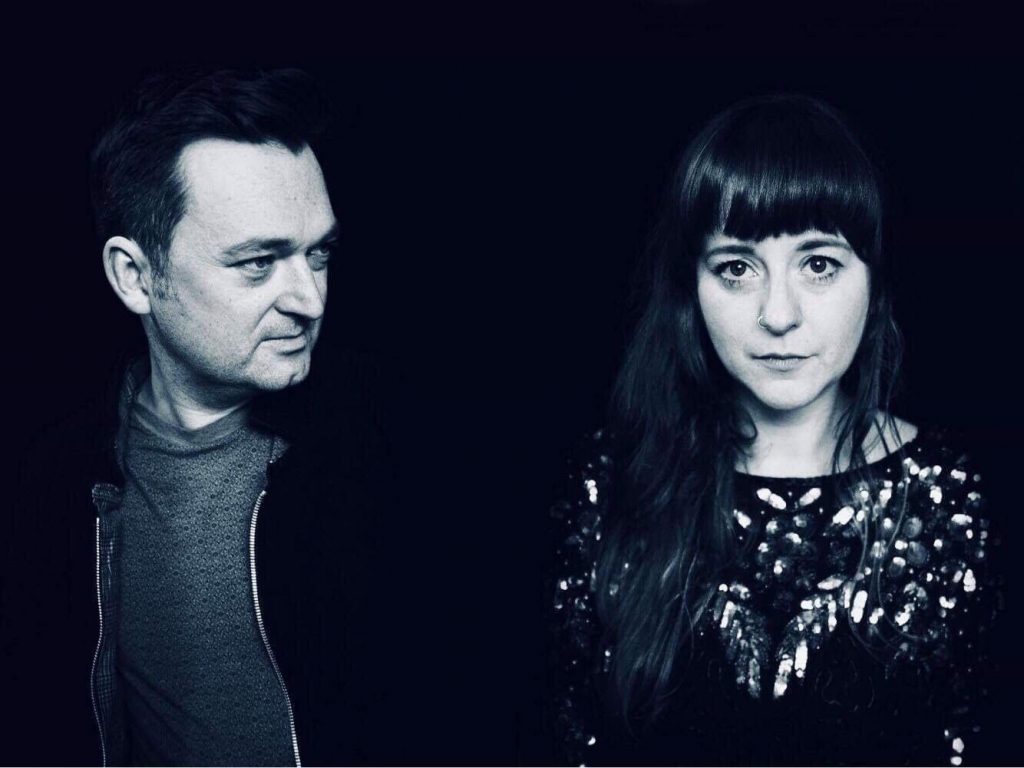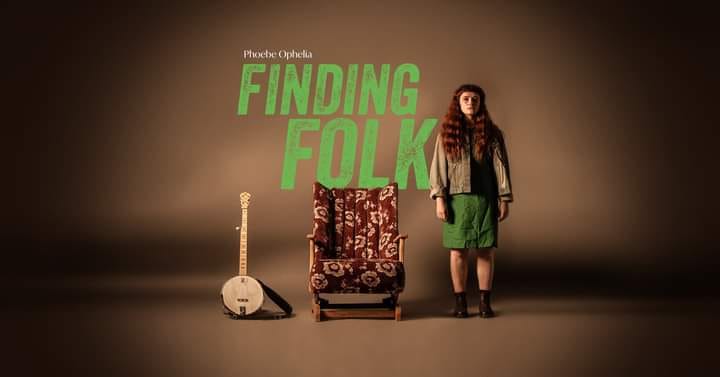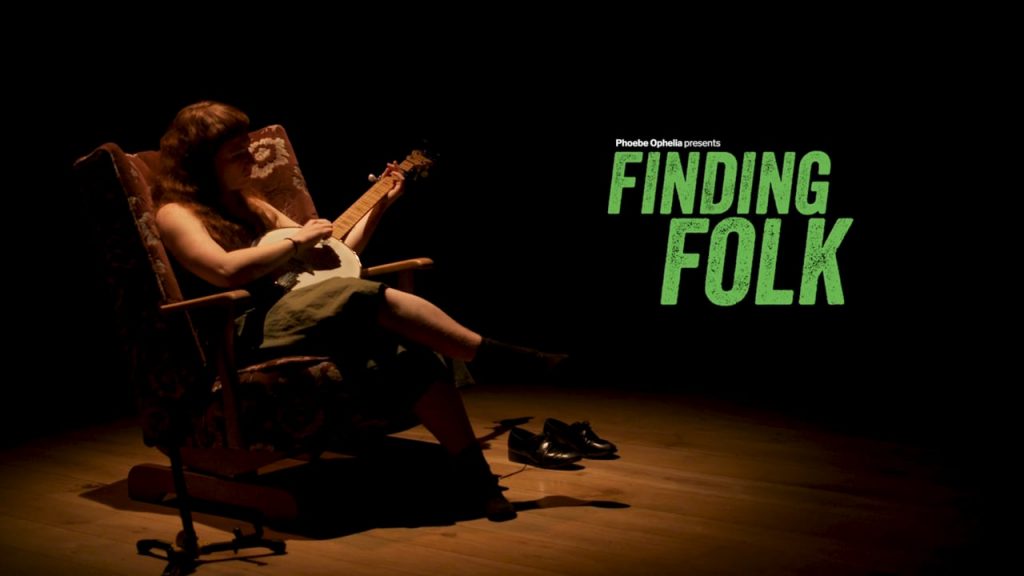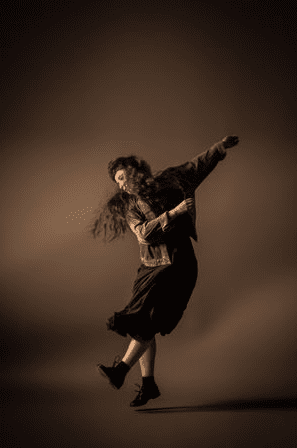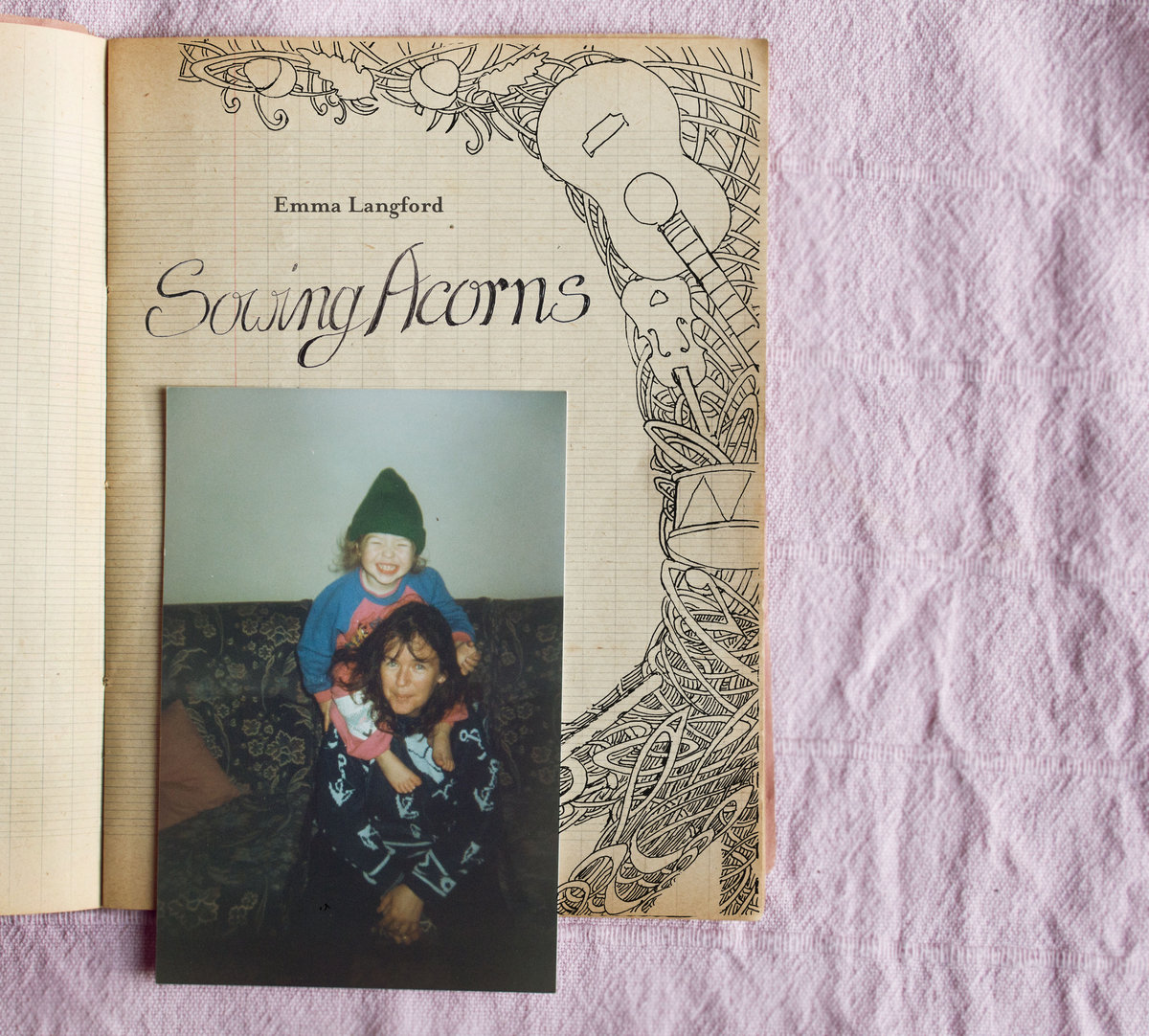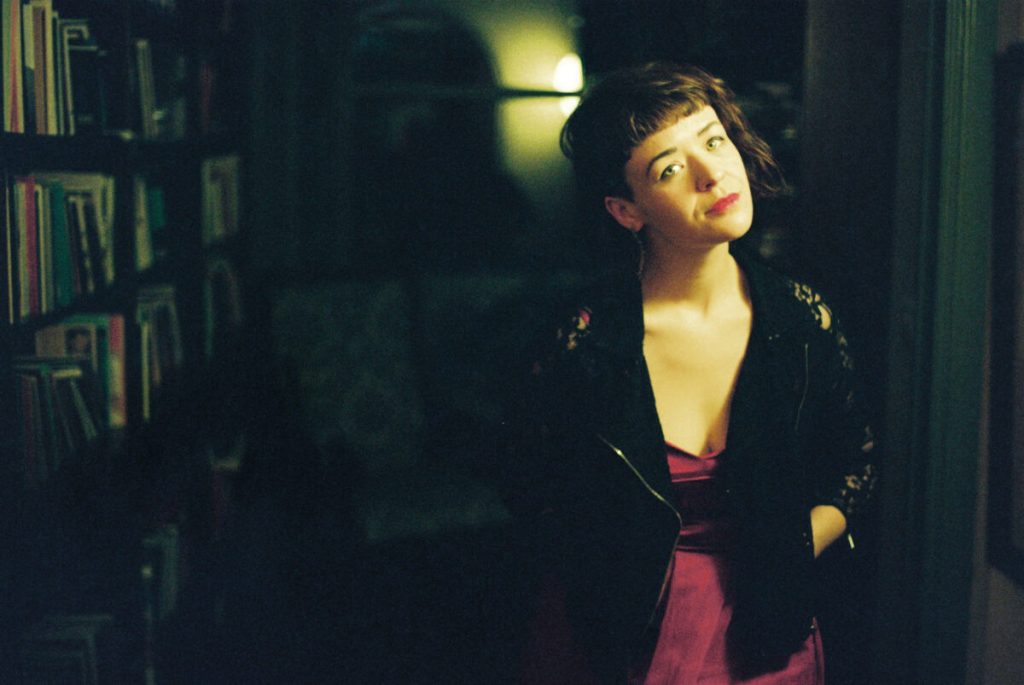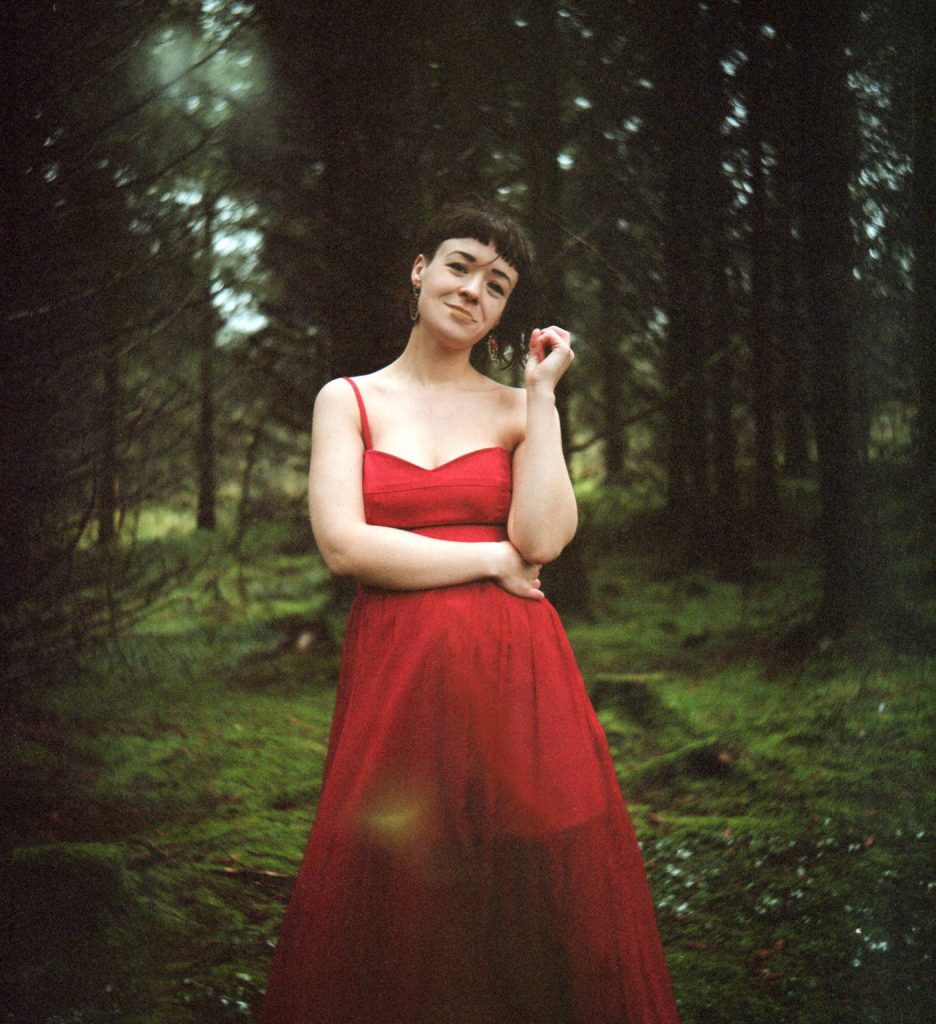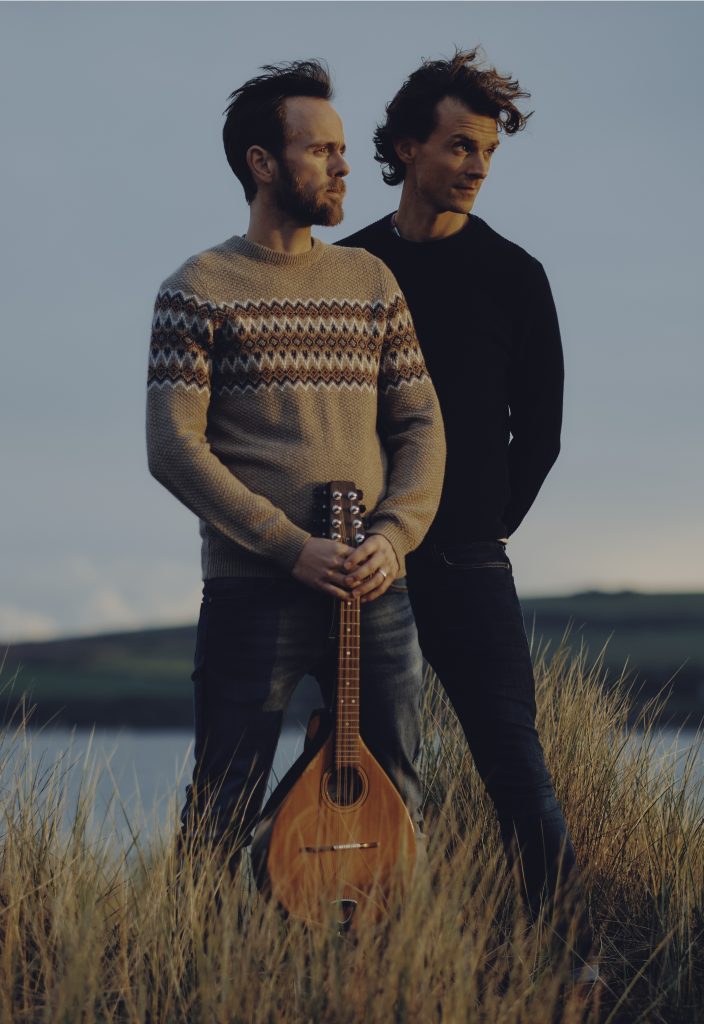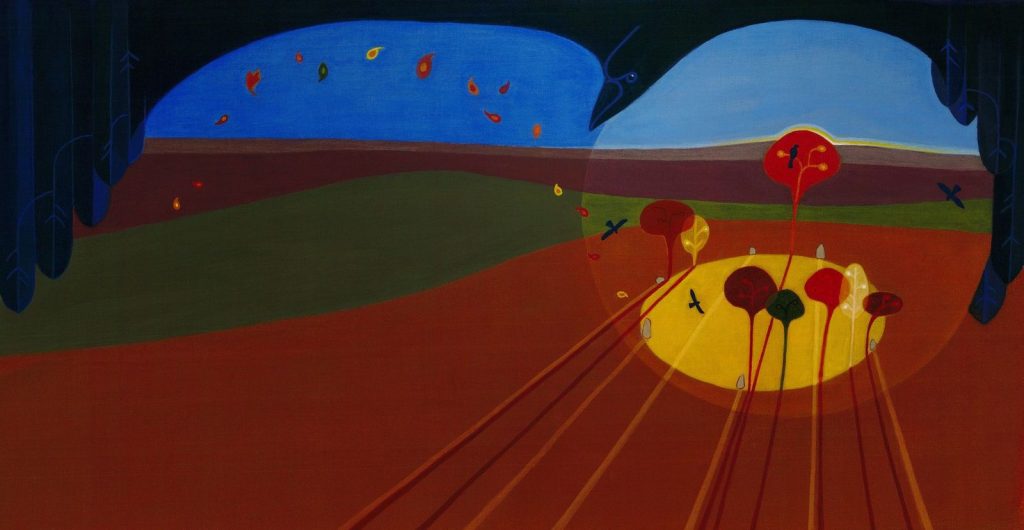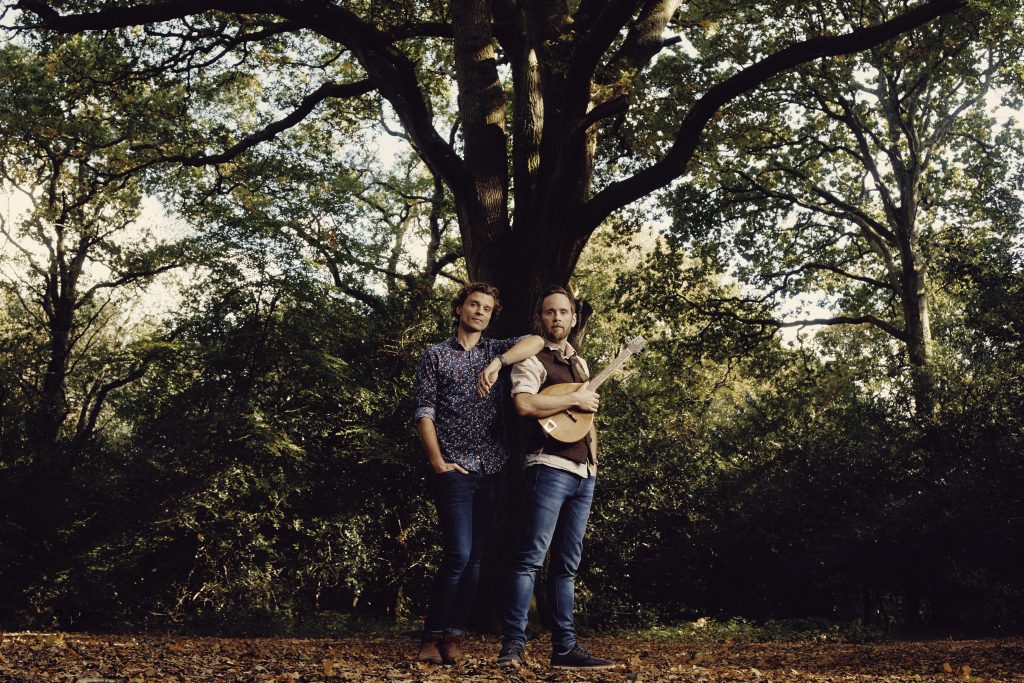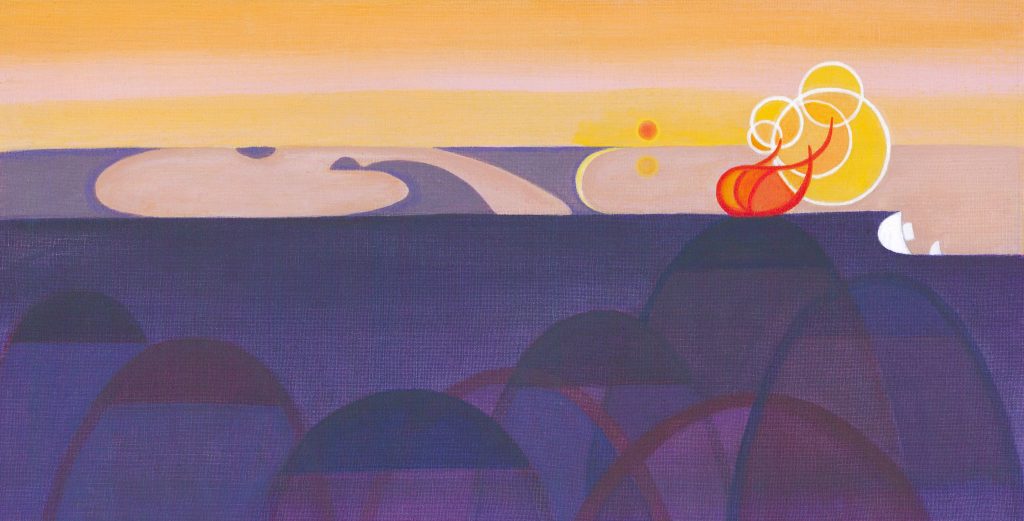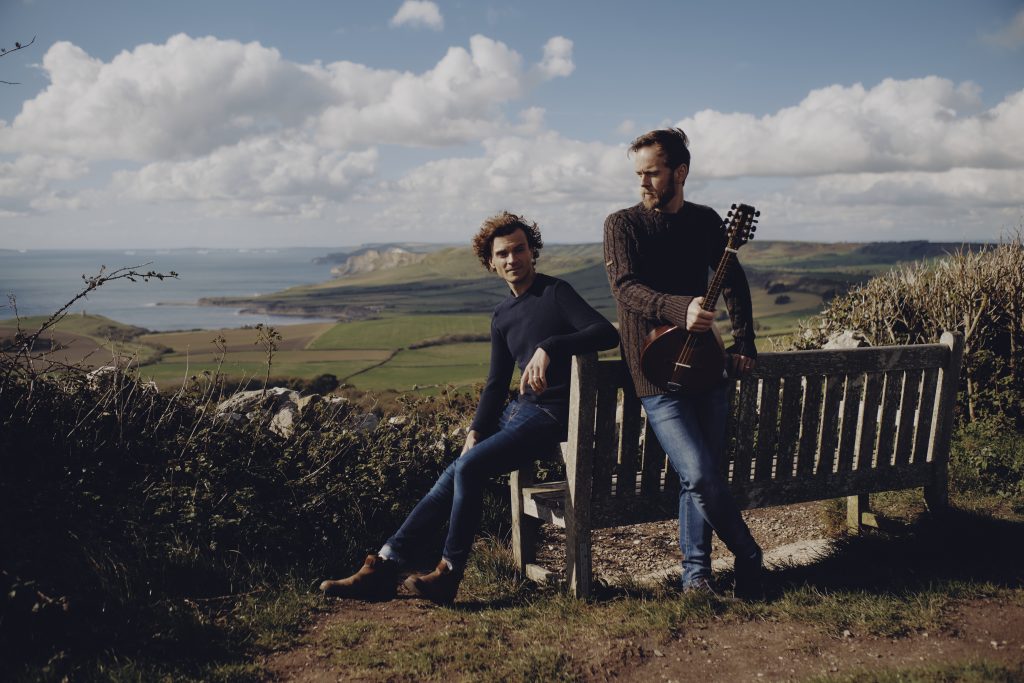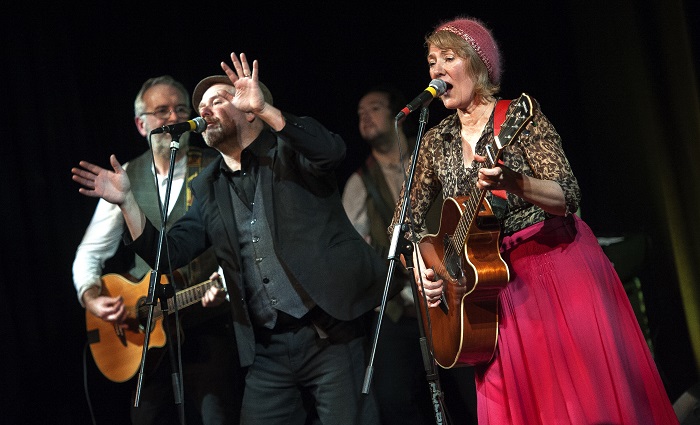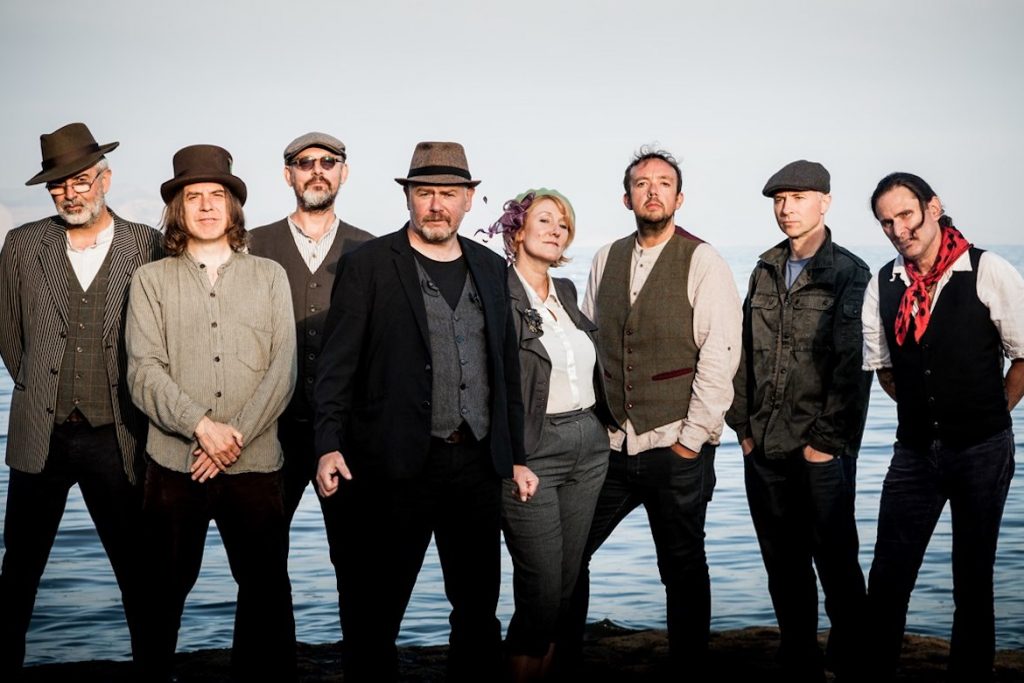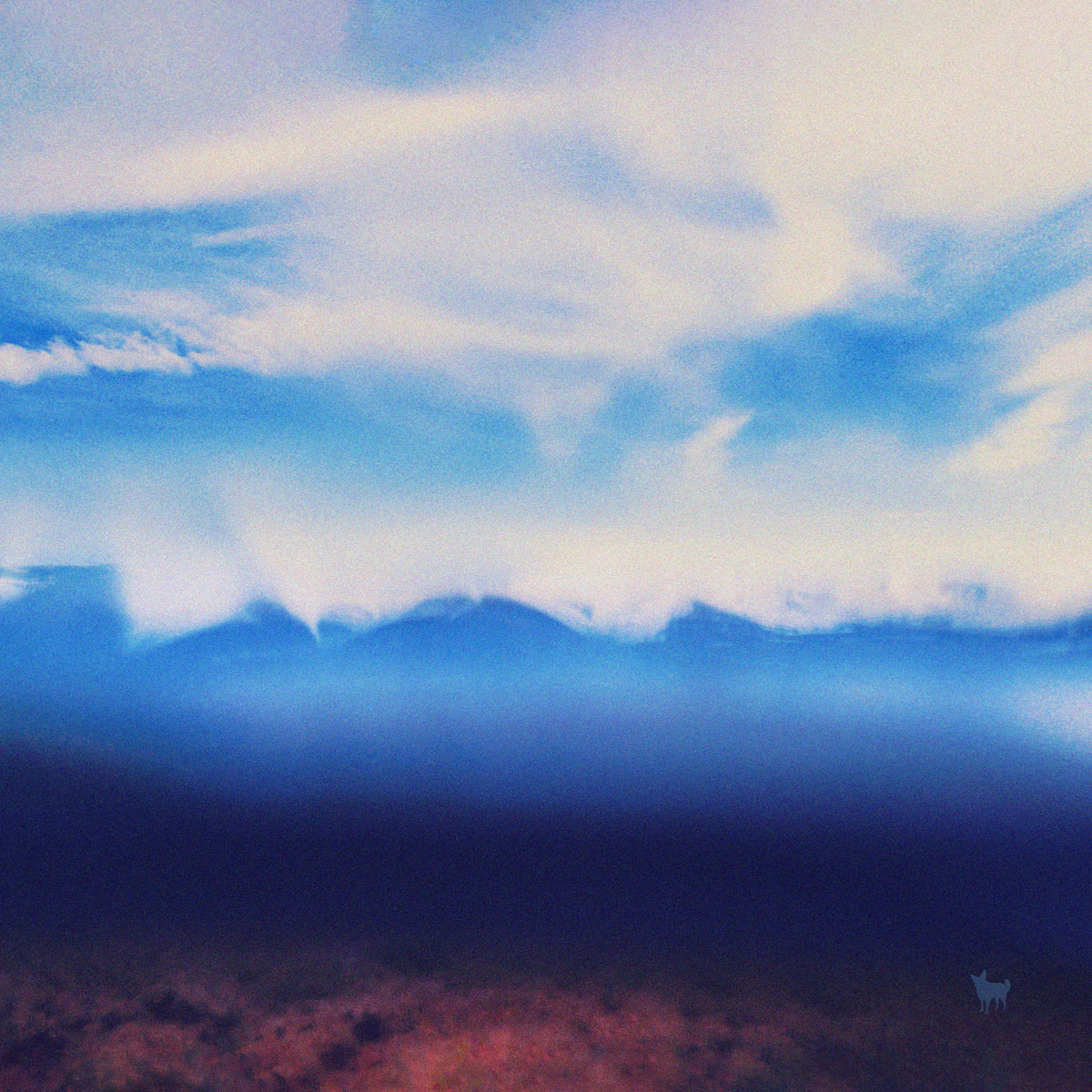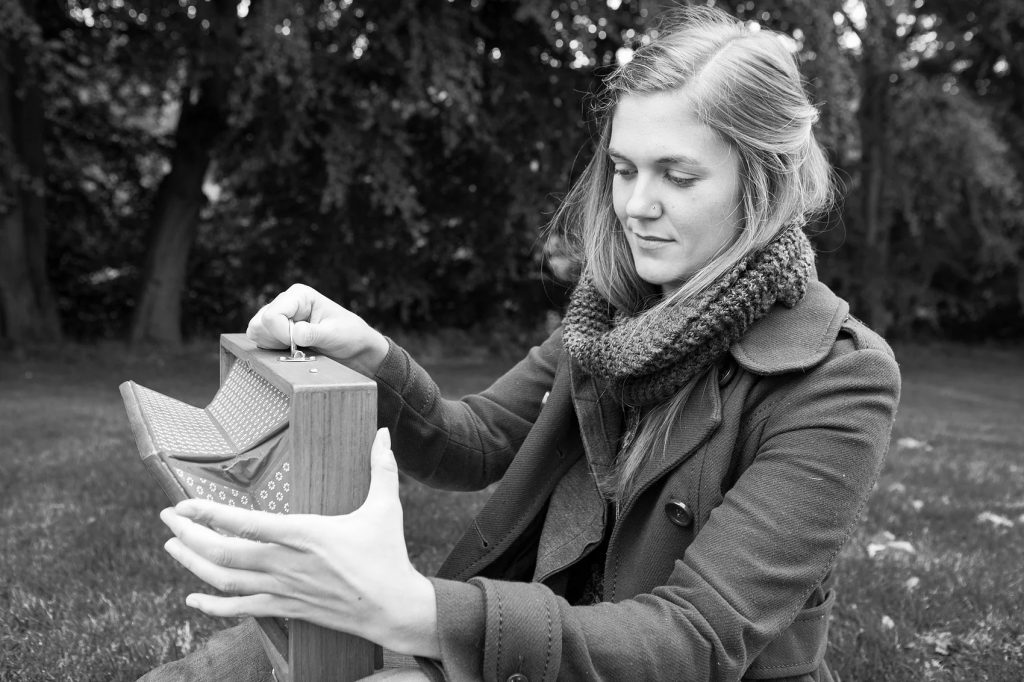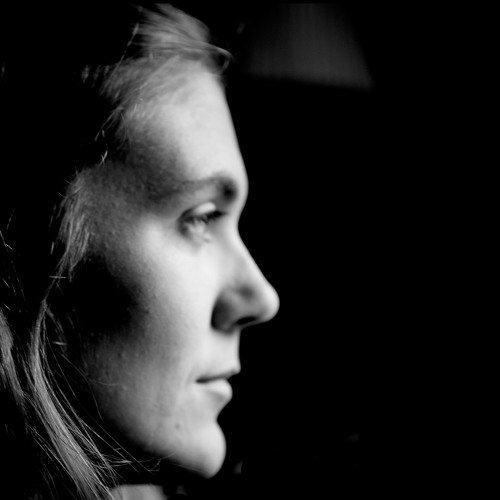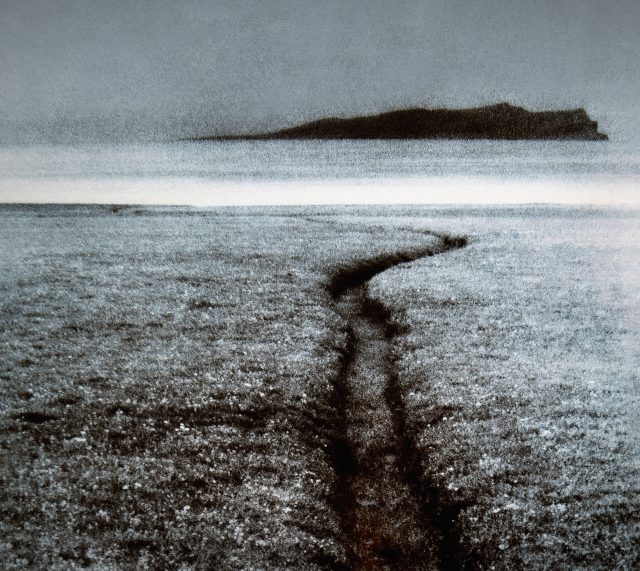Released – March 25 2022
From beyond the rolling mist (and probably a few sheets of snow) the mountain of Hallival stands beautiful as a site of exploration, and in seeing it, a conquest of one’s own very ideas of beauty. Iona Lane’s debut album takes this beauty and transcribes it into a folky exploration (and a curious one) heavily inspired by the mountain on the island of Rum. Lane digs deep into Scottish folklore and legends and sets these delightful pictures to the wallpaper of the green, enigmatic landscape itself (with a beautiful, careful meshing). This mixing of inspiration and lore is a stirring, deep breath out and a fresh start to the year.
There are some interesting tracks to find here.
“May You Find Time” is a good place to start. Being a kind of call for the restorative balm of nature and everything in it it breathes deeply in a refreshing way. Lane sings of wild baths, the building of nests and to“look for tides to take your sorrow”. Unashamedly bouncy and joyful, it is unsurprising if it will help to reappraise some of the simpler joys in your life.

“Fingal & Bran” is one of those mythologically tickling tracks you get on a folk album. A song about the duo of giant and dog; it is a gentle affair that looks at the landscape and muses on the pair’s travails as they can be seen in the wondrous shapes of the hillside, the breath of the wild as we consider “causeways and caves and all things fade”. Lane’s voice has a kind of choral shadow here like a brambled hedgerow that darkens its poppier influences only to tracer sparks of the orchestral strings of classic folk. Slightly melancholy, its echoes and character harken to the delightfully exploratory path of Emily Portman with a fantastical darkness hiding in the potential energy of a cobra knot.
We also have a lot of time for “Mermaid”. Lane’s voice is smooth alongside the lament of the shruti drone. Like all the best stories of yore, it concerns the family of the Macleods and how they got the Devil’s hands to help build Ardvreck Castle. The problem is that the father of the family refuses to sell his own soul to the Devil as a price but offers his daughter’s hand in marriage in return.The instruments are slightly unsettling and build atmosphere in the background to Lane’s seriousness. The tension ratchets up as it goes on. The track wears the spectral influences on its sleeves and invites you to imagine this moment of history while you look into Loch Assynt.

Headspace is a beautiful and short addition to the album. Like the tapping of light fingertips to the cheeks it speaks as a love song to the gentle joy of happiness within. Its melody depicts the joyous feeling of a mind at rest, like a puppy with its playful tummy being tickled. The piano tinkles are a large-eyed enthusiasm, and the dancing strings of the guitar deck float in a gentle breeze; it is close to one of those ASMR videos with Lane’s softly spoken voice and positivity. This positivity oozes on to the following track, “Crossroads”, a sincere call for freedom that Lane wrote in response to history and how traditional instruments, music and dance have been banned across Scotland and Ireland at different times.
All-in-all, the album is the essence of delicate nature and the energy within like a sun-filled day and a basket full of freshly washed laundry. Her songs are like the heaving clothes that splatter an intriguing, emotive water as they are heaved over Spanish floor tiles. There is a heartfelt construction and performance here which shines in the confidence of its debut status. It is also methodical, it does not rush to gorge the senses, but slowly enfolds from its creation and warms the listener.
We love the range. As mentioned, Lane plays hopscotch with the natural world, stories and myths and a dash of history in the influences for the album and manages to keep the interest of each part in her sights. If this sounds up your street, you could do far worse than check out Iona Lane’s first album, a considered and strong entry into the world of folk.
If you are interested in purchasing the album, we recommend purchasing direct from Iona Lane on BandCamp @ https://ionalane.bandcamp.com/releases
